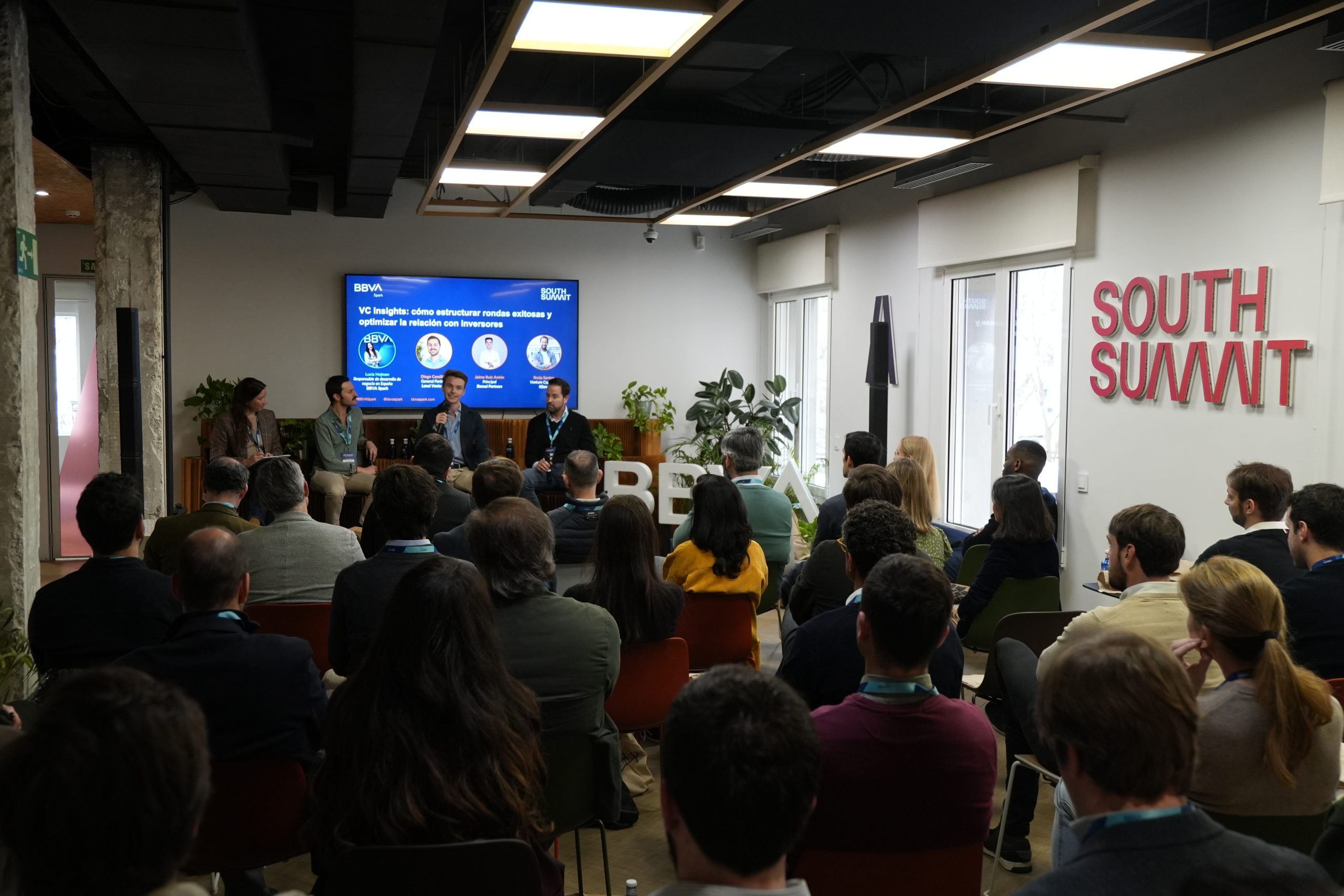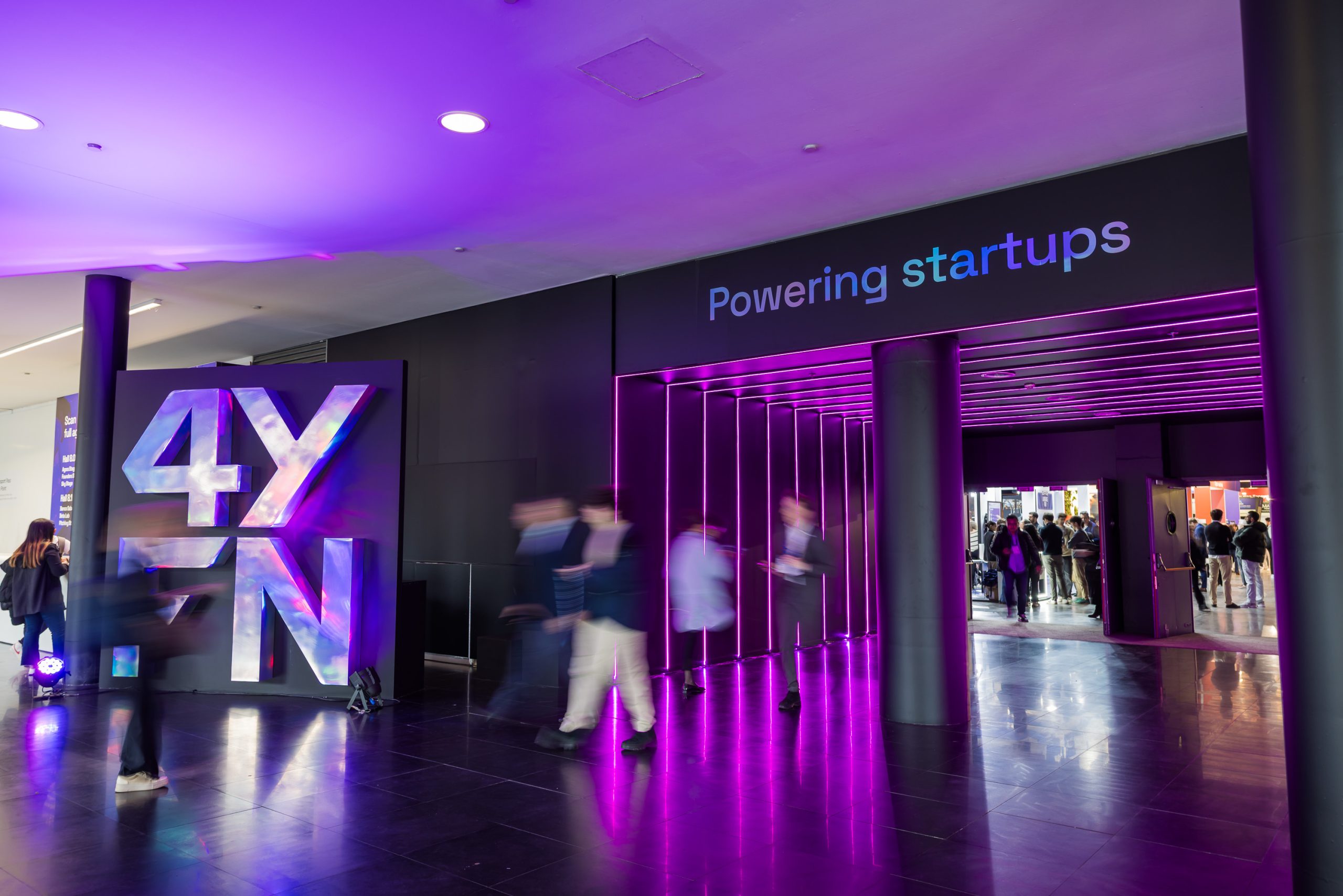When innovation begins at home – the keys to intrapreneurship
Creating a startup is not the only kind of entrepreneurial undertaking. The most creative employees of a company can also drive forward their ideas thanks to intrapreneurship. By fostering innovation among their ranks, companies can find new solutions whilst retaining talent and motivating their employees.
The PlayStation came about thanks to the ambition of a Sony employee, who convinced the company to get into the video games industry in style. A Google developer devised auto complete to provide us with search suggestions using the 20% of his time that he was allowed to dedicate to his own projects. And we give a thumbs up on Facebook because some employees came up with the ‘like’ button in a hackathon.
Behind some of the most popular technological products, there are professionals who managed to innovate within their companies, even though that was not actually their main mission. For this reason, beyond simply having an R&D department or forming an alliance with other players in the market, companies can and should encourage their employees’ creativity and talent.
The power of dreamers
“Intrapreneurship is providing company employees with the skills, tools, methodologies and processes that startups have”, explains Pedro Mateos, co-founder and CEO of the Business Innovation Lab Hello 404, who participated at InnovaHome Festival, a BBVA Open Innovation initiative, last May 28. In Spain, 3.5% of workers are involved in intrapreneurship initiatives, according to the 2018-2019 Global Entrepreneurship Monitor.
Although it’s in recent years that the philosophy of intrapreneurship has come to the fore, in reality it has been around for decades. The entrepreneur and consultant Gifford Pinchot used the term intrapreneur back in the 1970s. Some time later they would be defined as “the dreamers that do”. Even Steve Jobs considered the work of the team that developed the Macintosh in the 80s to be intrapreneurship. “A group of people who are in essence going back to the garage, but in a large company”, according to the co-founder of Apple.
How to make employees feel that their company is also a garage where they can experiment? According to Mateos, the first step to achieving this is by involving the management layer, which must decide in which direction it wants to innovate. At the same time, it’s also relevant to concede “time and resources to fail” to intrapreneurs, in Mateos’ view. “There’s a learning curve and it’s important to give them time to adapt new methodologies and go to market”.
Tools for encouraging intrapreneurship
Companies from different sectors benefit from these intrapreneurial efforts. For instance, in the financial arena, it can help “to get good ideas from bank employees who haven’t yet dared to be intrapreneurial”, recounts the CEO of Hello 404. At BBVA, intrapreneurship projects have been carried out via the creation of startups internally, such as Upturn and Covault, within the News Business Models and Strategy unit.
In recent years, BBVA has also promoted the use in the bank of agile methodologies, which draw attention to internal talent within the organisation and encourage collaboration in multidisciplinary work teams. In addition, it has carried out training initiatives in areas such as design, and specifically to promote the use of tools like design thinking in order to give employees the necessary resources to promote innovative solutions within their respective departments.
An idea fair, the possibility of giving employees time and tools to develop their ideas, and a hackathon are other routes that can be taken to encourage intrapreneurship.

“A hackathon has to be an input for strategy. When it is done, a selection committee decides which ideas it believes will be successful a priori”, specifies Mateos. Then, the team in question develops and perfects those ideas in an incubation, validation or scaling programme. Throughout the process, intrapreneurs should receive training, backing and mentoring.
Through the Ninja initiative to boost digital talent and a continuous learning culture within the bank, BBVA organises regular hackathons within the organisation. There, employees solve technological challenges alongside some of the bank’s strategic partners, such as Amazon Web Services (AWS), Google and Red Hat.
On the path to entrepreneurship, it’s also essential to bear in mind that some proposals may fail. Even Eric Schmidt, former Executive Director at Google, believed that the time company employees were given to innovate had an “incalculable” value – in his view, it allows you to “modify your strategy, think about how to solve a problem differently and not give up”. Getting knocked down and getting back up again is also part of the innovation and intrapreneurship process.
Photofit of an explorer employee
Identifying those workers who could take on the role of entrepreneurs and fostering their attitudes will help companies to take their first steps in intrapreneurship. Non-conformist, ambitious, explorer and inquisitive are some of the adjectives that Pedro Mateos uses to define them. “Being an intrapreneur is an attitude, not a trend. Inside companies, these attitudes are dormant and they have to be awakened”, he insists.
An ability to sell, proactivity and altruistic behaviour are other skills that this group of people display. “You always find that the person who’s been successful in a big company is someone cooperative, able to win people’s trust, able to get people to work on a project that they’re passionate about”, states Julia Prats, Director of the Entrepreneurial Initiative Department at IESE.
Although intrapreneurship is ageless, young people may feel particularly attracted to the strategy. Especially given that the lack of learning and opportunities for development are the reason why 28% of millennials and 27% of generation Z are thinking of leaving their jobs, according to the 2019 Deloitte Global Millennial Survey. Furthermore, 21% of both age groups indicated that boredom and lack of challenges were the reason for wanting to leave their organisations. The option of being entrepreneurial from within is an opportunity for staff retention.
Key for attracting and retaining talent
Motivating that intrapreneurial talent, training them and publicly recognising their work can have different advantages. On the one hand, the worker will acquire new skills and will feel more committed to the company. On the other, they will become a “spreader of the culture”, in the words of Mateos, and even a mentor for others.
This recognition can also be an ideal tool to attract talent – if employees spread their passion for the project they have promoted on social media, then their contacts will perceive that the company promotes experimentation.
Thanks to intrapreneurship, the company can become “an ambidextrous organisation, which is able to be very good at doing what earns them their daily bread, but also exploring what they don’t know and what will feed them tomorrow”, resumes the co-founder of Hello 404. In these times of change that we’re experiencing, “it’s time to challenge uncertainty with intrapreneurs, without fear of failure”.



